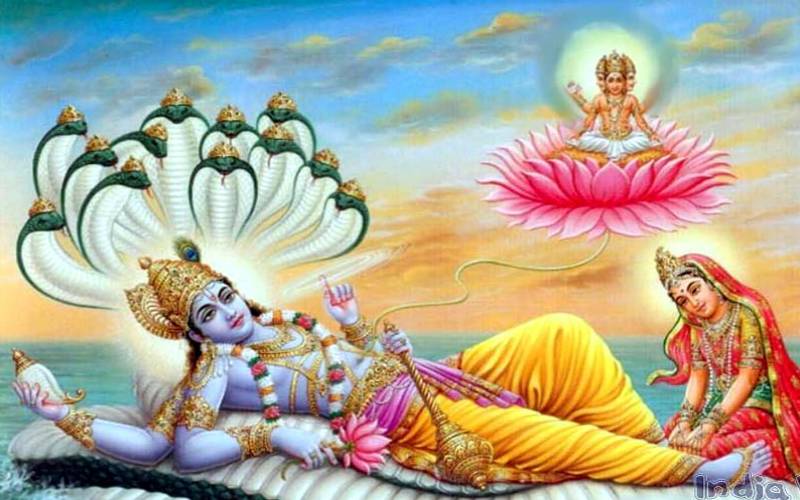
(Please note: the words, ‘Vrindhaavana’ and ‘Brindhaavana’ are interchangeably used throughout the article because of the dialectical differences that prevail throughout the country. It is taken care that the intended message of the article is not misconstrued through this change.)
Bhaavi Sameera Sri Vaadhiraaja Guru Saarvabhauma (1418 – 1600) is an important saint in the maadhva sampradhaya. He is an avathaara sambootha of the Ruju Ilaathavya. Sriman Naaraayanaa had created 100 ruju-s along with his consort, Lakshmi. These ruju-s include Brahma, Vaayu, Ilaathavya etc. All these jeevotthama-s had 32 good qualities. The divine couple blessed the ruju-s with Saraswathi, Bhaarathi, and Swaaha respectively as their consorts.
The Ruju Ilaathavya was responsible for the marriage of Sri Krishna and Rukmini in the dwaaparaa yuga. He was born as Saint Vaadhiraaja in 1480 and was the first maadhva saint to enter the Brindhaavanam (Jeevabrindhavanasthar) during his own lifetime in 1600. The great saint was born in Saarvari (1480), witnessed another Saarvari (1540) and entered the Brindhaavanam in the third Saarvari (1600). He passed through all the nine planetary periods during his long life. Saint Vaadhiraaja entered the Brindhaavanam and at the same time he flew in a divine vehicle to Paramapadham (The place of Lord Naaraayana). This event took place at Sodhe.
The dream work of Vaadhiraaja was shared a few decades after this period. Vaadhiraaja was succeeded by Vedha Vedhya Theertha and he was the pontiff until 1616. Vedha Nidhi Theertha succeeded him, and he administered the pontificate until 1648. The famous ‘Swaapna Brindhaavana Vyakyaanam’ came out during the pontificate of Vedha Nidhi Theertha.
One, deaf and dumb, person known as Lakshmipathy was serving Saint Vaadhiraaja. He used to look after all the work of the mahaatma. One day Lakshmipathy wanted Saint Vaadhiraaja to share the truth connected with the saint and himself. The great saint promised to do so at an appropriate time. But he entered the Brindhaavanam in the year 1600. He later gave a dharshana but he did not share details about his real form and nature. Lakshmipathy became upset about this. It was between the years 1630/1635 to 1640/1645, Saint Vaadhiraaja shared details to the deaf and dumb Lakshmipathy in his dream. Eventually, Lakshmipathy could temporarily talk and recite contents that were exposed to him by Saint Vaadhiraaja.
On listening to the words of Lakshmipathy, Vedha Nidhi Theertha was able to understand that it was the work of Saint Vaadhiraaja, for his style was evident. He asked his student Raamachandraacharya to write it down and preserve it. Raamachandraacharya has confirmed this in his work, ‘Sri Vaadhiraaja Guruvara Charithaamritham.’ Lakshmipathy would recite the verses given by Saint Vaadhiraaja and would return to his deaf and dumb state instantly. This miracle took place over a period of 12 years and a total of around 2200 verses were accumulated. Interestingly, Lakshmipathy stopped getting dreams after the completion of this seminal dream work which is known as ‘Swaapna Vrindhaavana Vyaakyaanam.’
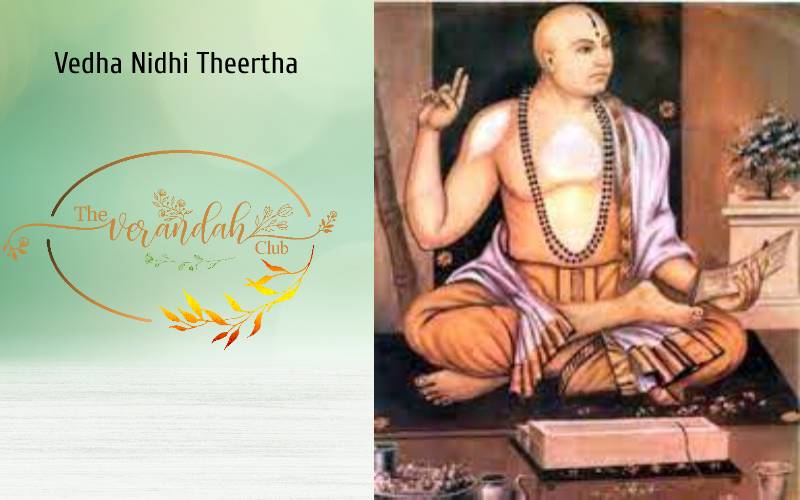
The noble pontiff, Vedha Nidhi Theertha, put together this dream work and placed it in his pooja bandaaram. He would offer his prayers to this work every day. Vedha Nidhi Theertha made an extract of 16 verses from this work and added two more verses of his own. Thereby making it into an eighteen-verse collection. This was etched on a slab and was known as ‘Anuvrindhaavana Vyaakyaanam.’ This was placed near the Pancha Brindhaavanam of Saint Vaadhiraaja and the Brindhaavanam of Vedha Vedhya Theertha. The ‘Anuvrindhaavana Vyaakyaanam’ became a manthrathulya grantham and also a nithya paarayana grantham eventually.
Vedha Nidhi Theertha became a brindhaavanasthaa in 1648 and Vishwapriya Theertha was born in 1776. Vishwapriya Theertha was present until 1865 and his Moola Brindhaavanam is located in Udupi. His Mrithika Brindhaavanam-s can be found in Sodhe (Karnataka) and Kannapiraanadi (Maadhaanam) in Tamil Nadu. Now, one would be curious to know more about Vishwapriya Theertha. Who was he?
The deaf and dumb Lakshmipathy was born as Vishwapriya Theertha and he served the Sodhe Mutt as its pontiff. This saint did a great favour for the followers of Sanatana dharma. He took out the Aagnyaana grantham (‘Swaapna Vrindhaavana Vyaakyaanam’) and made it available for everyone. The text was formatted and published by Vishwapriya Theertha. He commandeered his student, Sri Mooshanaacharya, to write a treatise on the same and he came up with ‘Munivrittha Mata Bheemana Ghatte Mata,' while Raghupraveera Theertha composed, ‘Aagnyaana Praamaanya Prabodhanam.’ Both the above texts were published and propagated due to the initiative of Vishwapriya Theertha. He was none other than Lakshmipathy reborn.
This pontiff of the Sodhe Mutt had visited Coimbatore during the 19th century and was responsible for installing the statue of Hanumaan at the Singanallur Agrahaaram. The Pancha Brindhavanam of Saint Vaadhiraaja is also found within the same premisis. This place of worship was recently restored due to the efforts of Jaitirth Rao (Jerry Rao) and a number of devotees. Coimbatore-based architect Vivek and his team had carried out the conservation and restoration activity.
The ‘Swaapna Vrindhaavana Vyaakyaanam’ became popular towards the end of the 19th century and Mahaanubhaava Jambukanti Vaadhiraajaacharya was responsible for propagating the text. Well, what can be found in this sacred text, ‘Swaapna Vrindhaavana Vyaakyaanam’?
It states that Hari is sarvotthama and Vaayu is jeevotthama, meaning Hari is the Supreme deity and Vaayu stands first amongst the souls. The text also talks about the panchabhedhaa-s, Thaarathamya siddhantha (The ranking of souls) and the greatness of Sri Harivaayuguru. Saint Vaadhiraaja had spoken about his true form in this text. He states that he is none other than Ilaathavya, a ruju ganastha. The reader would also get to know that the saint was an Upaasakaa (Devotee) of Lord Hayagreeva. He has also shared details about his glories and also about the parts of the universe visited by him.
This sacred text is becoming popular, and it was first published by Srinivaasaacharya at Belagavi in 1925. Later, it was published by Dr. H. Subba Rao in 1980. Mohana Rao and Koppal Guru Govindha Vittaladasa brought it out amidst great difficulty. The quintessence of thaarathamya can be understood as the hierarchy amongst the devata-s and aachaarya-s. One is supposed to understand the ranking and hierarchy before offering their prayers or respects. Therefore, it is important that one gets to know about the noble hierarchy of the aachaaryaa-s through the elders and then offer respects or prayers to them. Just doing so by calling them great would not be appropriate.
The ruju-s are the most important people and rujuthvam simply means that they are straight-forward while also being faultless. According to the ancient dwaitha philosophy, these ruju-s are eligible for attaining the post of Brahma. According to the ‘Chaandogya Bashyam,’ they are ranked just after Lord Naaraayana and Ambruni Naamaka Lakshmi. Brahma, Mukkya Praana Vaayu, and Ilaathavya are the utthamajeevi-s and these include Kalku Ruju too. Brahma does not have an incarnation, and Mukkya Praana Vaayu incarnated as Hanumaan, Bheema, and Maadhva. Ilaathavya Ruju incarnated as Sri Vaadhiraaja Guru Saarvabhauma. The ones who are bereft of doubts are capable of removing doubts from the minds of others and ruju-s are such people.
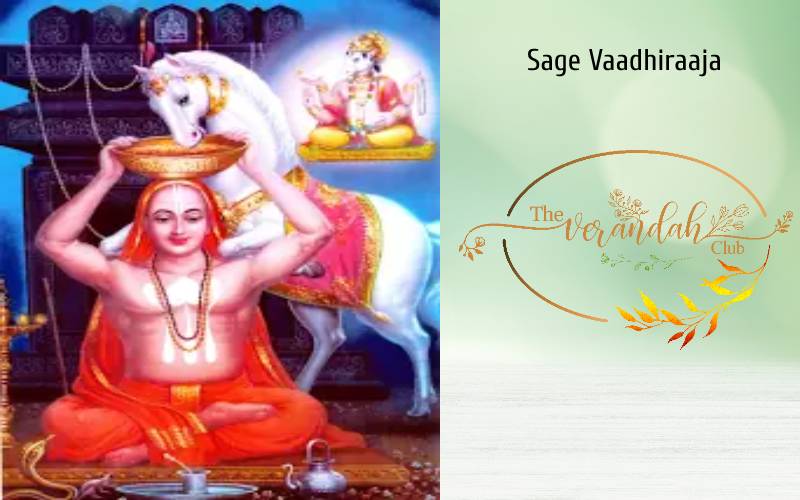
If one had to collect the proofs connected with the Ruju Vaadhiraaja from the texts which include, the shruti-s, smrithi-s, itihaasa-s, puranaa-s, and the compositions of daasa-s, it would need a full publication. The Sodhe Mutt in Udupi contains the recitation of a few verses, and these verses speaks volumes about the rujuthva of Vaadhiraaja Saarvabhauma. Vaadhiraaja has also given us the marvellous composition, ‘Lakshmi Shobhane.’ This composition was also based on his own dream. All his compositions were due to the grace of Lord Hayagreeva and his teachings exhibit the same. The Dwajasthambam (Flagpole) present opposite to the Trivikrama Devasthaanam at Sodhe is the witness to his contribution. This was brought to light by Sri Vishwapriya Theertha. Vedhagarbha Sethu Maadhava Suri has written about him in his composition, ‘Sri Vishwapriya Guru Leela Vilaasa.’ The same has been reaffirmed in the work of Kochi Rangappaachaar, ‘Sri Vishwapriya Leela Vilaasa Prabhandha.’
Vaadhiraaja Saarvabhauma had shared thousands of slokas to the deaf and dumb Lakshmipathy. But he could only remember 2218 among them. Brindhaavanaacharya (Vishwapriya Theertha) has brought out the text in a formatted manner. This consists of 22 chapters and had been done on the orders of Saint Vaadhiraaja. The first four chapters are classified as ‘Bhajana Parvam,’ the next seven chapters are contained in ‘Vaibhava Parvam.’ The later eleven chapters are included in the ‘Nidharshana Parvam.’ The first seventeen chapters have been named as ‘Prathama Praanaavathi’ and the chapters 18 to 22 are known as ‘Dwitheeya Praanaavathi.’
Whatever that has been communicated in the ‘Nidharshana Parvam’ has taken place in parts. It has been stated that parts of it will take place in the future. Whatever that has been stated in the ‘Swaapna Vrindhaavana Vyaakyaana’ has taken place and continues to take place. This sacred miraculous composition is also known as bhavishyavaani, a prophecy of the future. All of this is nothing but the prophetic energy of Vaadhiraaja Saarvabhauma. The dream work, ‘Swaapna Vrindhaavana Vyaakyaana,’ continues to guide and fascinate the believers and followers of Sanatana dharma.
Source: Sri Swaapna Vrindhaavana Aakhyaana Saaraamrithaha
Author: Chrompet R. Sridharan
Published by - Ananthesh Sethumadhava Rao
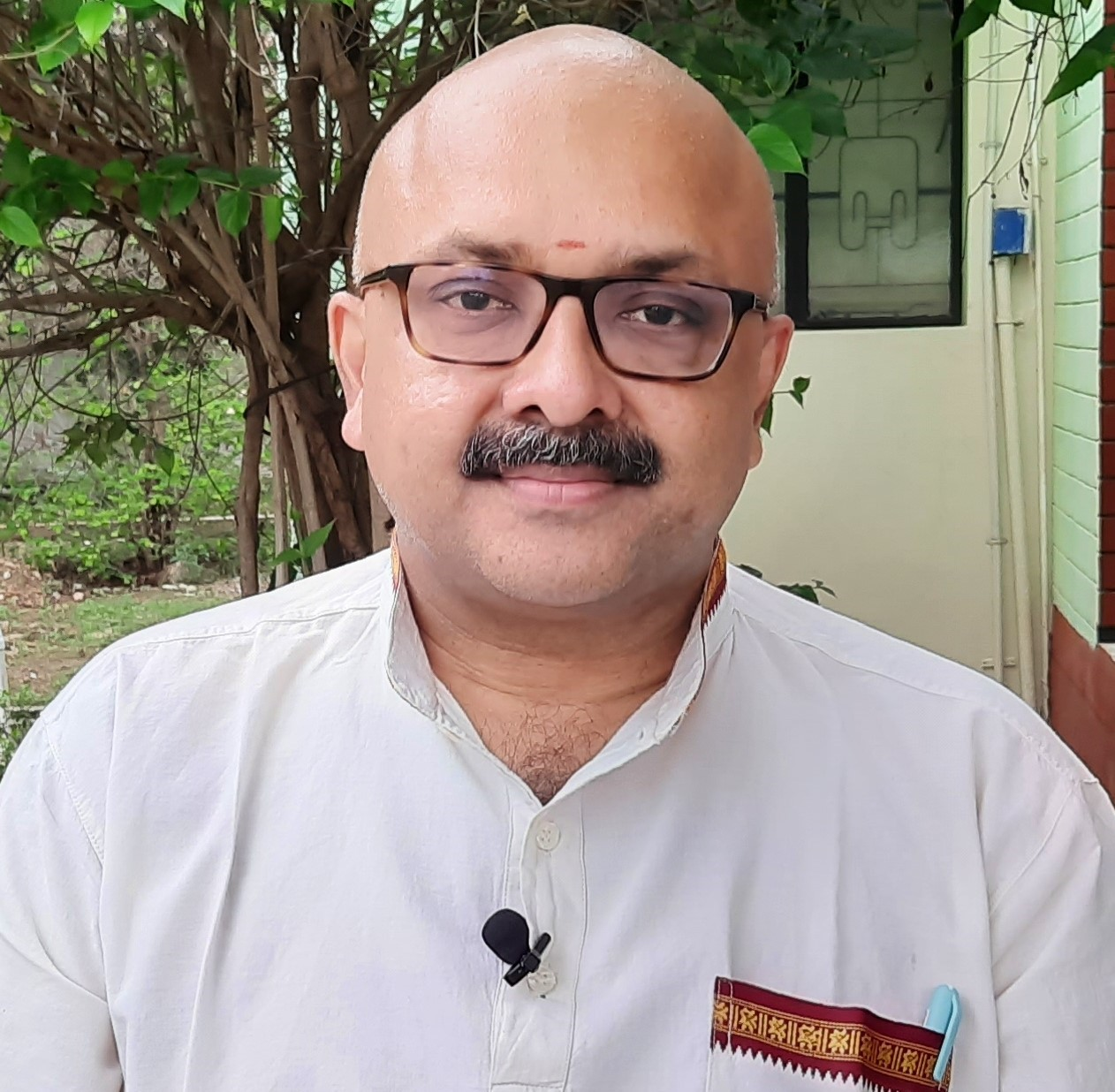 Mr. Rajesh Govindarajulu is one of the founding members of the Verandah Club Pvt. Ltd. He is a leading columnist, historian, jeweler, entrepreneur, and a heritage enthusiast who is earnestly working to revive the past in the light of the present. Experiential learning about the history of Coimbatore is his main course of interest and he is also a panel member of many colleges in the city.
Mr. Rajesh Govindarajulu is one of the founding members of the Verandah Club Pvt. Ltd. He is a leading columnist, historian, jeweler, entrepreneur, and a heritage enthusiast who is earnestly working to revive the past in the light of the present. Experiential learning about the history of Coimbatore is his main course of interest and he is also a panel member of many colleges in the city.
NEXT ARTICLE
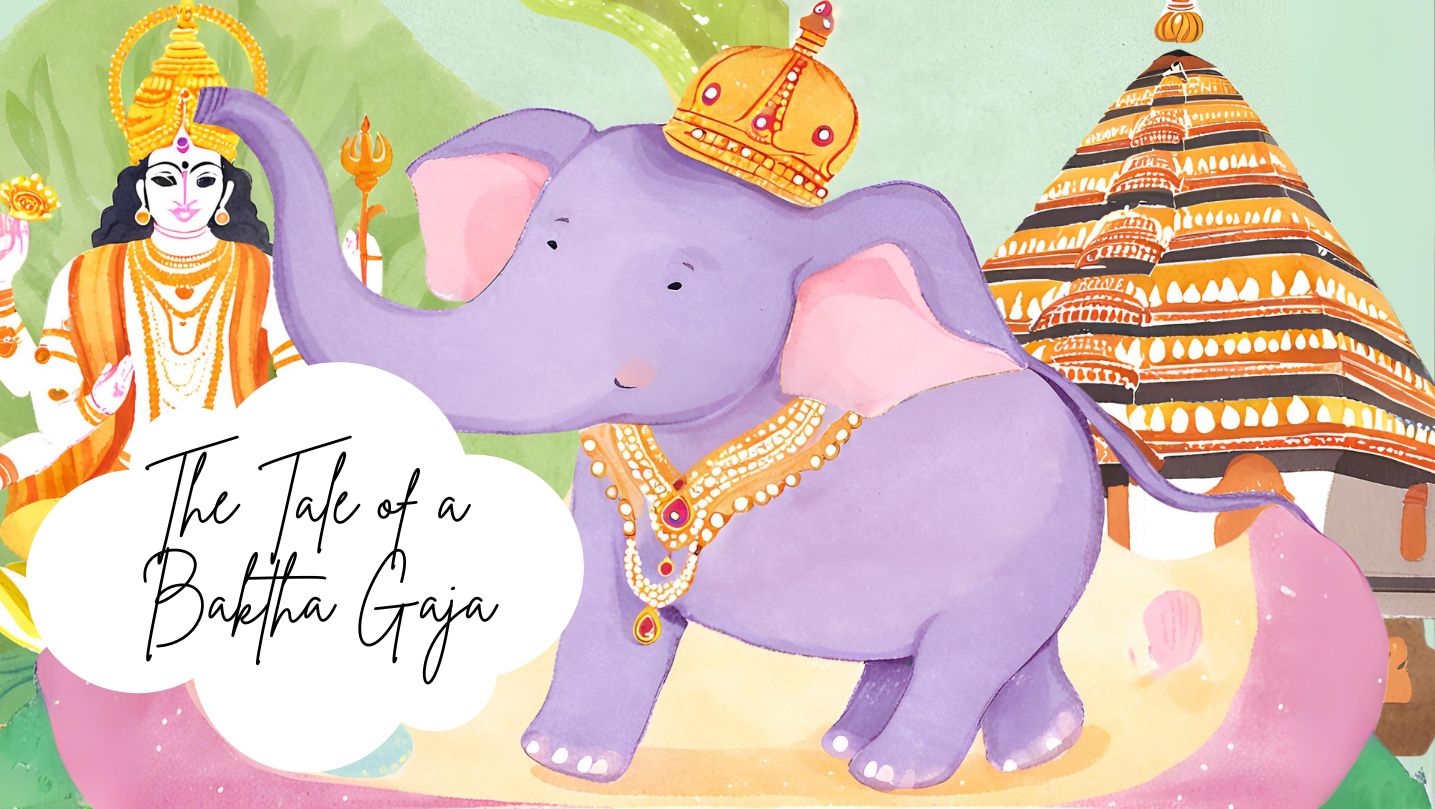
In the lush, green heart of Kerala lived an elephant who became a living legend - a tale of an elephant turned into a bakth. His name was Keshavan, bu...
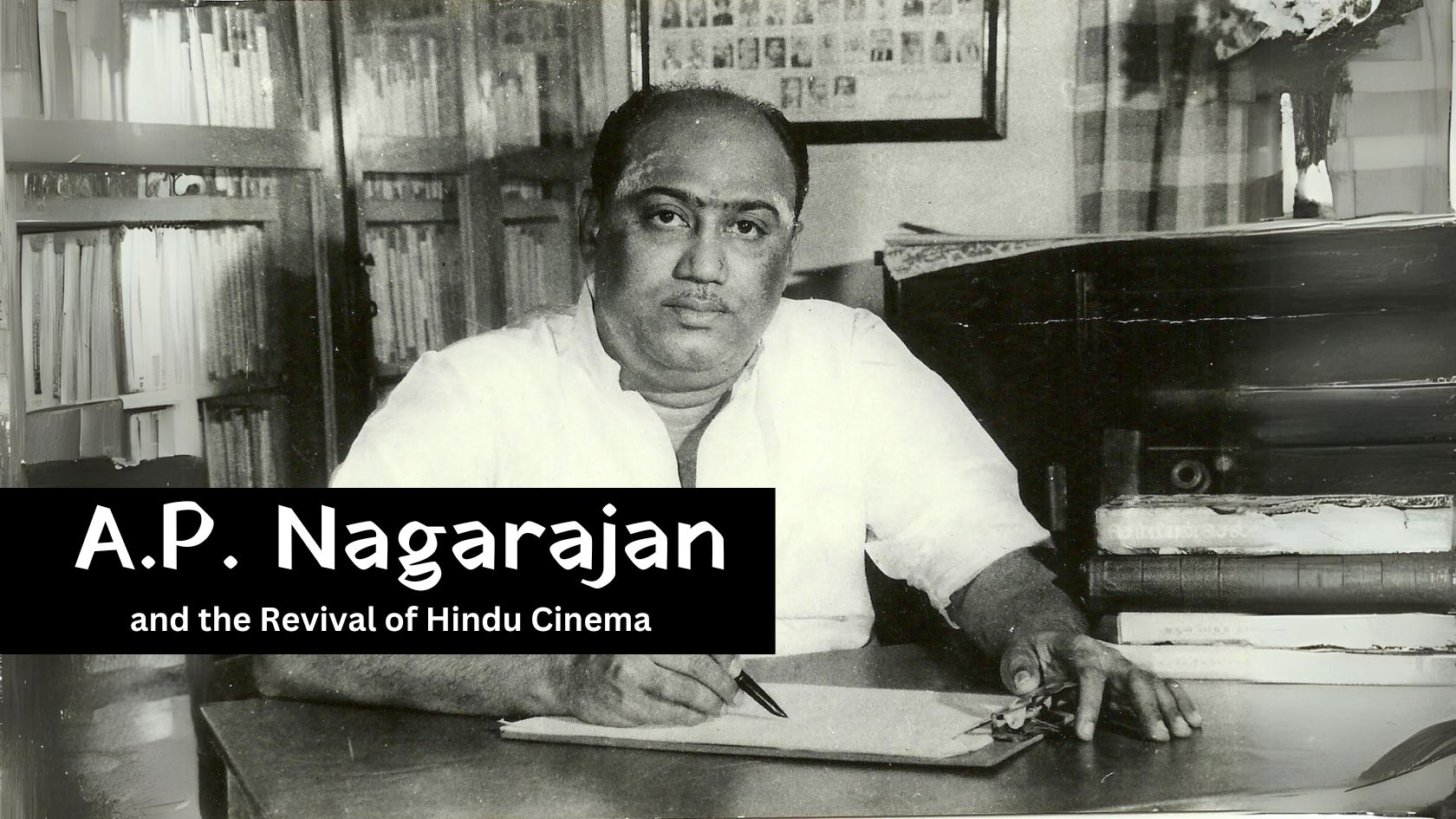
In the early days of cinema, both silent and talkie films thrived on puranas and ithihasas. However, as the years passed, especially by the late 1950s...

Life often presents us with choices that test our resolve, faith, and priorities. Attending the Prana Pratishtha of the Ram Lalla in Ayodhya had alway...